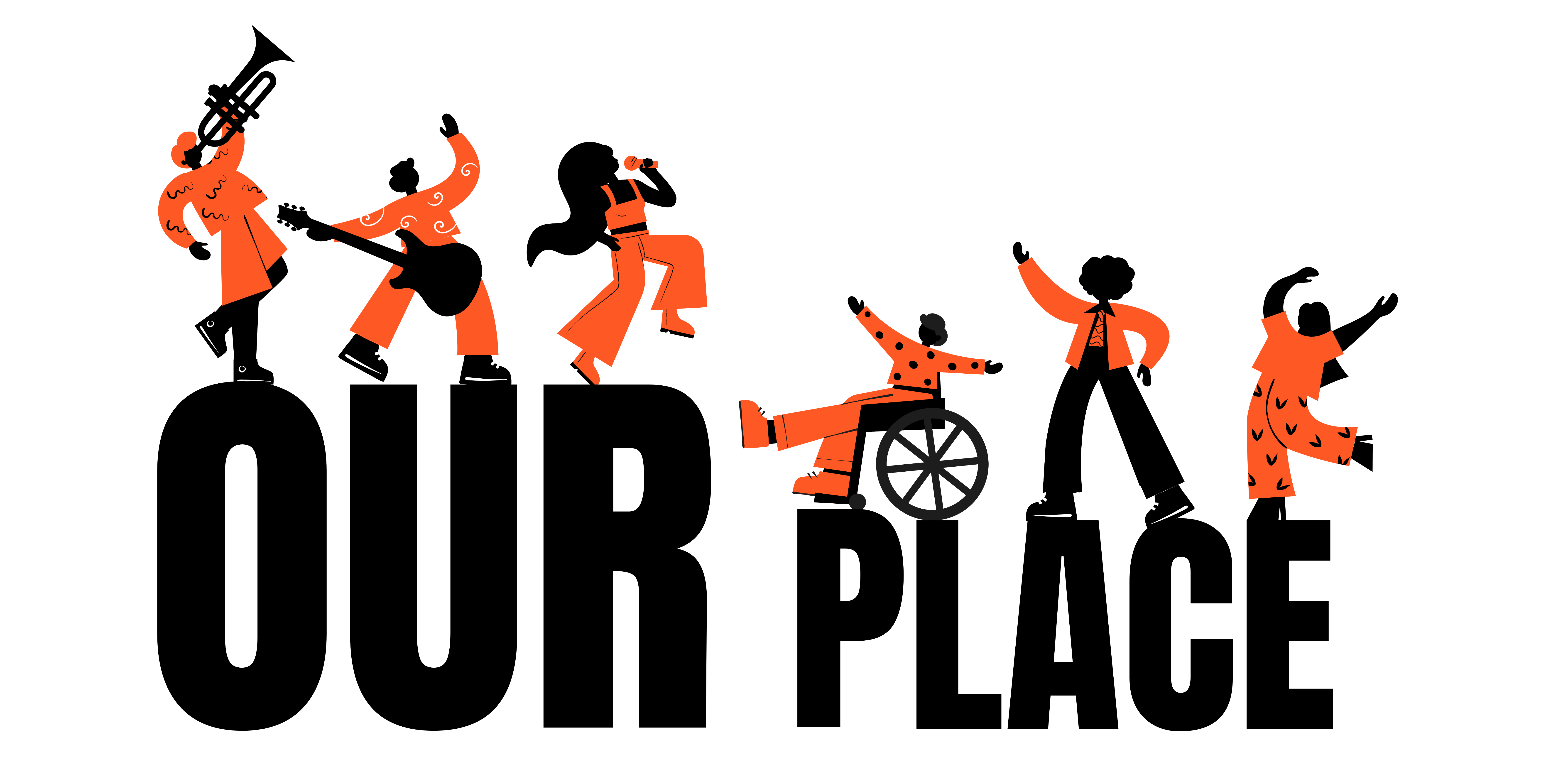Getting started: Thinking about your archive
Before you start, you need to think about what kind of archive will suit your venue and your needs. Check out our Music memories database for inspiration!
What is the purpose of your archive?
Do you want to share the history of your venue with the public? Is the main purpose of your archive to promote your venue? You may want to share articles, memories, photos, set-lists and contributions from the public — in which case, an archive with high community involvement, where memories and stories can be shared, may be best for you.
Are you hoping to catalogue and digitise your collections? Is the main goal of your archive to preserve and share your collection? Do you want an archive that can be easily searched by researchers, venue staff, and any other interested parties? Are you hoping to use the archive to support a bid for funding and guide future business development?
Who will be contributing to and curating your archive?
Venue users? Performers? Venue staff? Do you want to make it easy for the public to contribute? How much time can staff invest in creating and moderating the archive?
What is going in your archive?
Have a think about what is going in your archive. You may have some of the materials already and/or you may want to ask your community to contribute materials to preserve.
It may help to think about the material for your digital archive in two categories:
- Born-digital material (items which are already digital, such as photos on a phone)
- Material that needs digitising (such as physical photographs or posters)
If you have a particularly large collection of physical items that need digitising, it might be helpful to prioritise which materials you want to preserve first.
You may want to start creating a list of all the items destined for your archive. We have created a content list template that you can access here. (Press “File” and “Make a copy” to use the template.)
If you have material spread across different locations (e.g. external hard drives, social media accounts, etc.) it may be useful to include details about where your content is stored in your list.
Digital or traditional archives?
The advice in our guides is geared towards digital archives and contains information on how to digitise materials and how to and curate an online presence.
We have chosen to focus on digital archives as they are usually much more accessible, and can also preserve items in the event that physical copies are lost or damaged. If you feel a more traditional physical archive suits your needs better, then plenty of our advice is still applicable.
For more advice on creating a physical archive see our External Resources section here.
